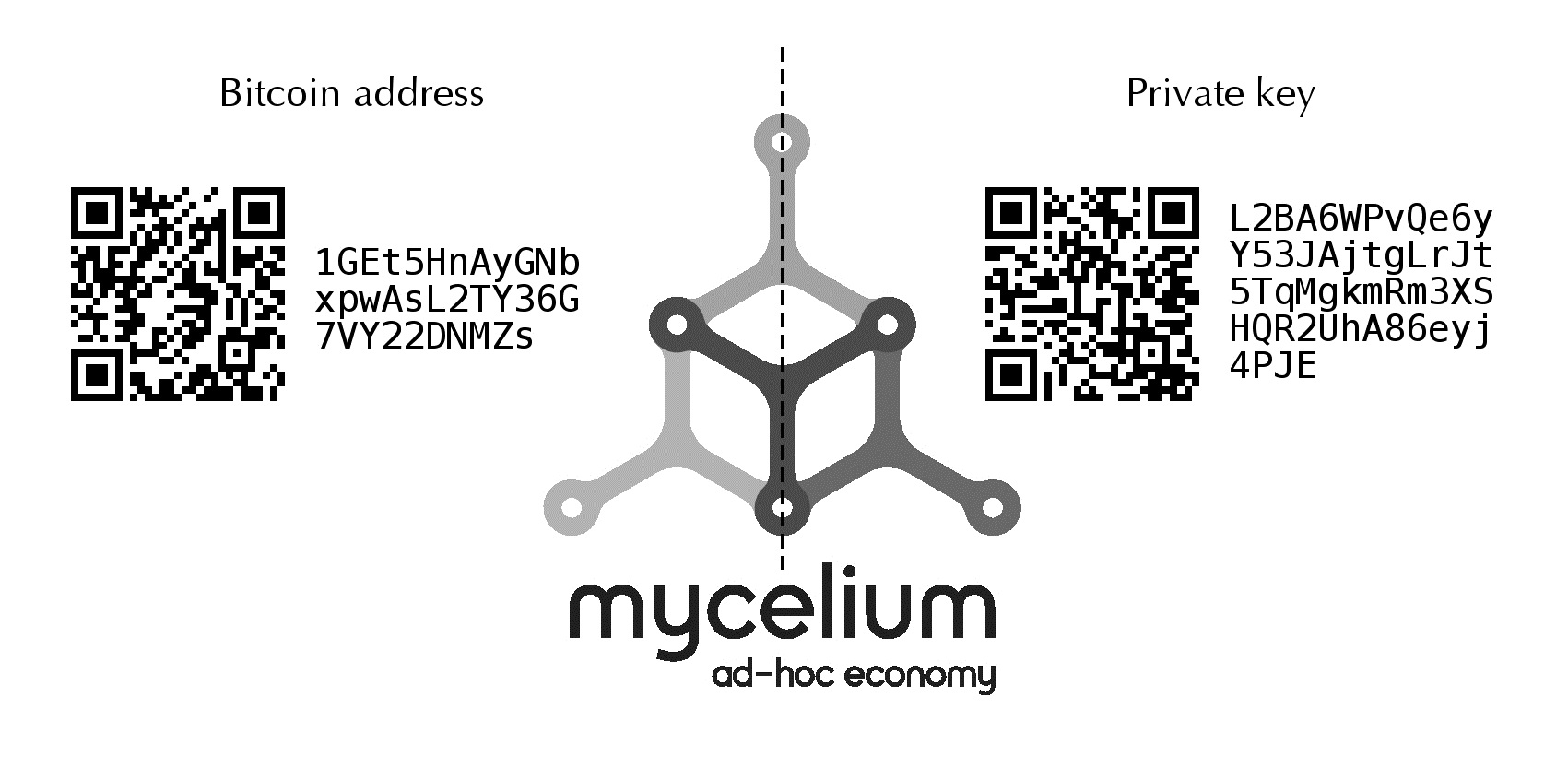Whether it’s from hackers, thieves, or simple carelessness, one of the biggest threats to Bitcoin safety is wallet security. An Austrian research and development startup, however, is trying to bypass some of the greatest digital currency dangers by moving Bitcoin wallets off electronic gadgets completely and onto the old-school stuff: paper.
A bit of technology (in the form of a USB device and a printer) is still obviously required, though the development team at Megion Research and Development say the process is simple.
“Paper wallets are created in 3 simple steps,”
When the USB is plugged in, it creates a random number with 256 bits of entropy (a tidbit from information theory that basically means the number is really, really random. No, REALLY).
Mycelium Entropy turns that random number into a Bitcoin address and private key, which are then printed off (in number/letter form and as QR codes) onto a piece of paper.
The end result looks like this:

The advantages of a paper wallet lie in that it has never touched a computer or network, making it invulnerable the hackers and electronic failures that put online, desktop, and mobile wallets at risk. The paper wallet’s private key is erased from all electronic memory as soon as the USB is ejected, leaving the only copy literally in your hands.
Mycelium Entropy can also create split private keys, dividing the whole key up into three separate parts such that you only need 2 of the 3 sections to spend from an address in case one of the pieces gets lost or stolen.
Megion Research and Development, the European social media hardware startup that created the device, promote this feature in a truly bizarre short animation that has the Queen of England envisioning a way for the royal family to split up her wealth amicably after her death. But that’s neither here nor there.
Among the disadvantages of the paper wallet, obviously, is that it doesn’t protect the key from the common-variety idiocy of the type that landed nearly $US 7 million (at the time) worth of Bitcoins in a British landfill last year. Forget that piece of paper in the pocket of your shorts at laundry time and you’re, as they say, sore out of luck.
You may also have to buy a new printer to even use the USB device, as not all printers are compatible. A compatibility list of printers that the developers have tried and tested is available here.
The device itself costs $US 40. Though the technology is open-source, science costs money, and so Megion R&D are also putting on an Indiegogo campaign to raise money for mass production of the USB and product development.
As of Thursday, the company had raised $US 4,391 of its goal of $US 20,000, and promised to add more cryptocurrencies besides Bitcoin as downloadable features if users give $US 30,000 or more.
